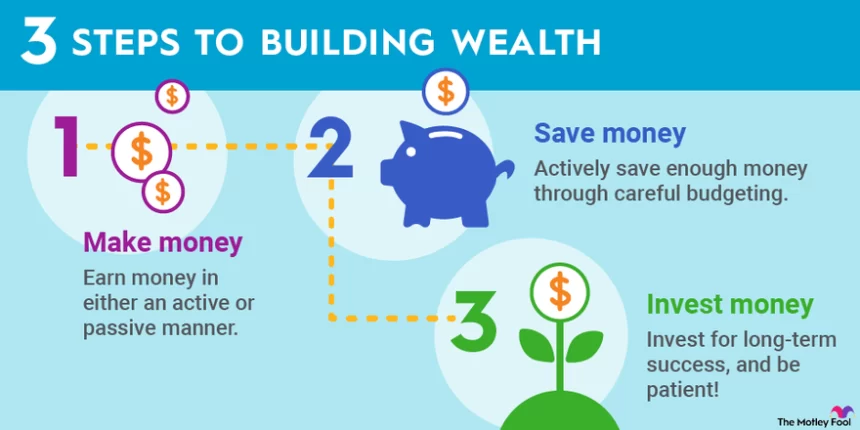The first time I told a friend that I had an investment in the stock market, the woman rolled her eyes and probably imagined that I was a millionaire… I wish, but no, I only have an investment fund.
There are thousands of operators and funds that I will talk about in the next post, but what they all do is to take your money, put it together with that of other savers and having a bigger bag they give you the possibility to lend it to certain companies or governments and they pay you a more interesting interest for it than what the bank gives you. In some of them you can enter from 10,000 pesos.
When you join an investment fund, you are given a “portfolio”, that is, your money is divided into different instruments with different levels of security and terms of permanence.
The options will depend on each operator, but most offer debt instruments (which are the lowest risk), equity instruments (those linked to the stock market, which impressed my friend so much) or hedging instruments, which are those in euros or dollars and in theory are used to protect savers from a possible crisis.
When you buy a debt instrument, the company to which you lend your money contracts an obligation, it must pay you a certain interest for the time it uses that money and there is no way you can lose the amount you invested. It is as if you had given them a loan and your return is the interest rate they paid you. Their yields are between 3 and 7%, depending on whether you can withdraw the money daily, monthly, quarterly, etc….
In variable income instruments, i.e. all those that are linked to stock exchanges, you invest your money in a certain company and depending on its results they give you a return: if Bimbo grew 15% and sold more pastries and you invested in them they pay you that interest for what you invested, but if their new goose is a fiasco and they lose, you also lose. Equity funds, as their name says, can have variable returns: some years they have gained 29%, 45% or even 150%, but others have fallen 13%, 50% and so on.
To invest directly in the shares of a transnational company with growth possibilities you would need millions of pesos. The funds pool the money of many people and allow them to obtain the returns that the richest investors have access to, with 10,000 or 20,000 pesos of capital.


